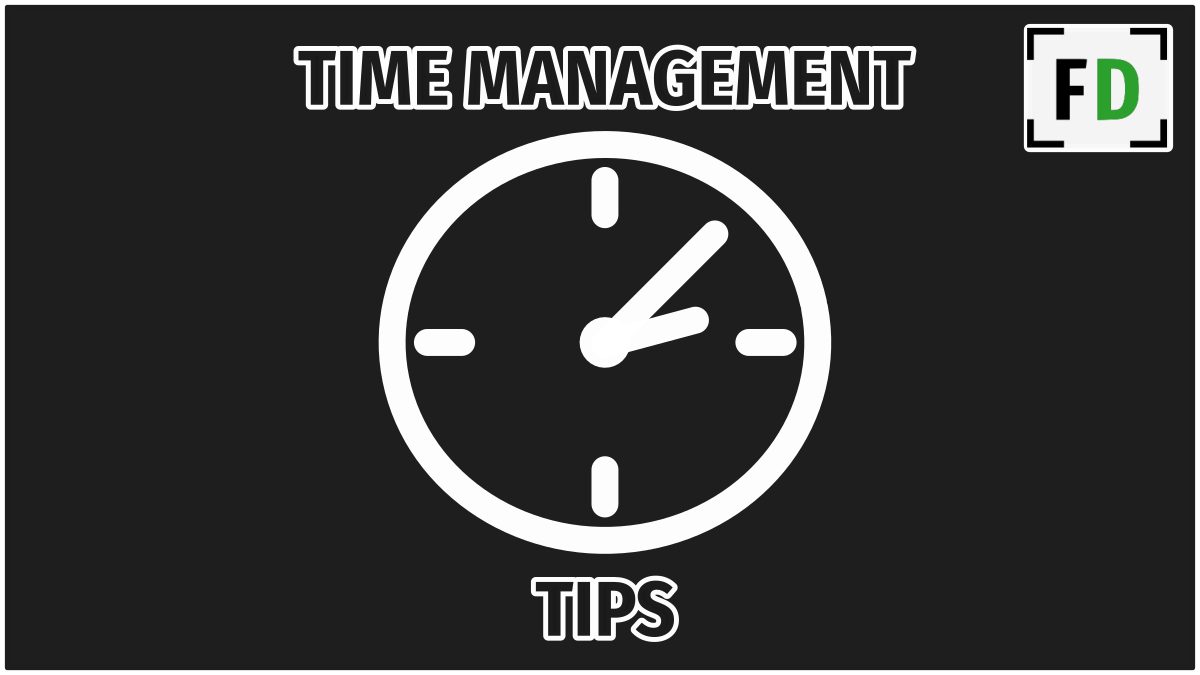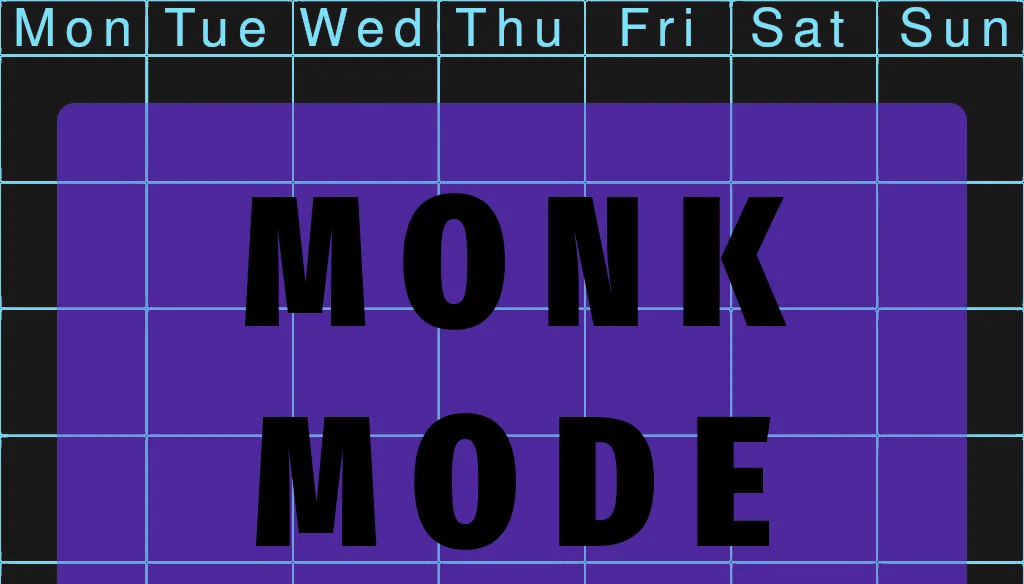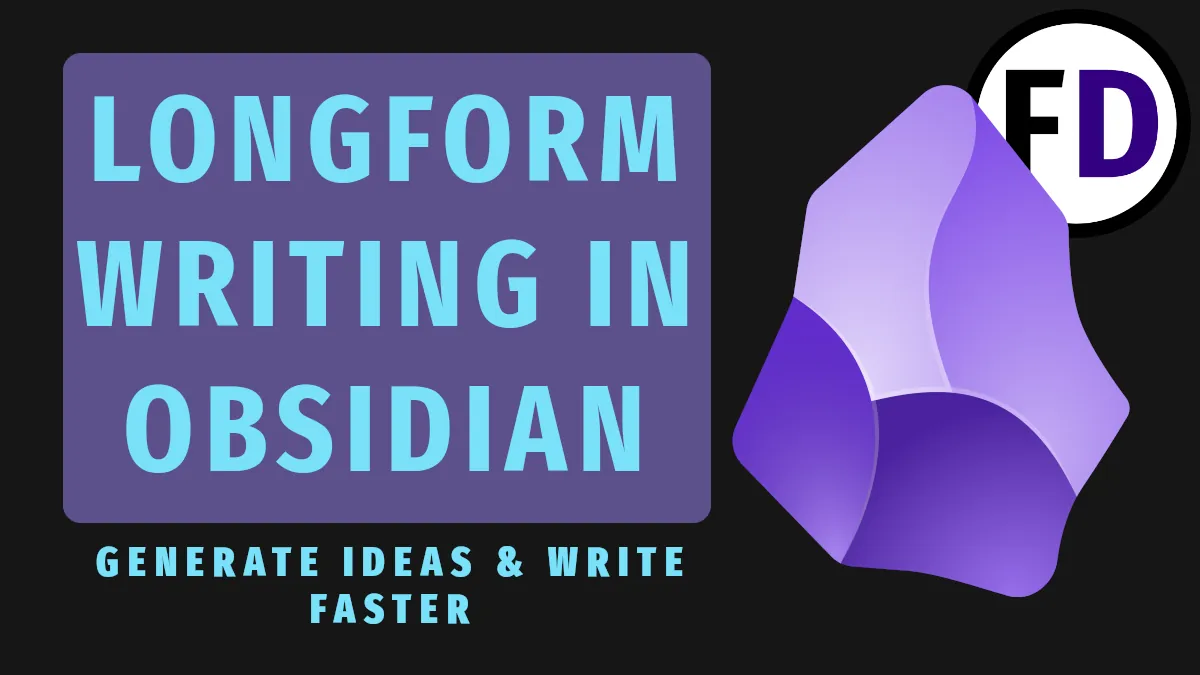Over the last decade or more doing GTD I’ve had a love-hate relationship with my project list. At times I have over-loaded it with everything I could possible think of and at others I have stopped using it completely. After a lot of trial and error and some research on how others have implemented GTD I decided to write this post to share what I have learned on how many projects you should have on GTD.
So how many GTD projects should you have?
According to GTD Coach Kelly Forrister, the figures typically quoted are 10-100 projects. For most people, having 100 active projects is too many but 30-60 GTD projects is much more manageable.
Of course there is no magic number for how many projects you should have at any one time. The number of projects on your list will naturally rise and fall depending on how busy you are at that particular time. However if your project list falls into the lower or upper end of the range given above you may be suffering from the following problems.
Too Few Projects
If you only have 10 or fewer projects on your list, you are most likely mis-classifying your projects as actions. You have not fully understood the definition of a project. It is a natural tendency of most people when starting GTD to only create projects for very large or important projects such as “Launch the new product line.”
In Getting Things Done, David Allen defines a project specifically as:
“Something you want to complete within a year and requires more than one step.”
David Allen
The problem with classifying projects as tasks is that a project is not something you can do, you can only do action steps. If you finding yourself dragging your feet about doing something on your action list, ask yourself if it’s really a project.
Is buying a new phone a task or project?

This is a great example of a project that can be mis-classified as a task. Why? Because you haven’t clarified it. You noticed your phone is getting slow or cracked and thought, “I should buy a new phone.” You collected this thought and moved it straight to your action list. “Buy New Phone.”
But when you see it on your action list you get a feeling of resistance about doing it. Why? Because the task wasn’t correctly clarified.
How should I clarify?
Ask “What is my desired outcome?”
You might be surprised to find out that your desired outcome is not buying a phone it’s something more like “having a better phone experience.” That may sound very abstract so maybe “Using a new phone” might suit you better.
Using a new phone, buying a new phone, isn’t this a distinction without a difference? Using a new phone is the vision of what you will be doing once this project is complete.
Buying the phone is actually only one of the action steps to bring that vision into reality and not the first step.
- Research Linux Phones
- Research Latest Samsung Phones
- Call John ask his advice
- Check Amazon Phone Cases
- Buy Phone on Amazon
- Purchase Case on Amazon
- Buy New Micro SD
- Move data to new Micro SD
- Install important apps on new phone
If you don’t make a project and just put ‘buy a new phone’ on your action list, you might end up with a phone but maybe not the right phone for you, without a case without the right SD card and realize that you still haven’t got a phone you can use. Instead you realize that you need to find 2 hours to download all the apps your need and set it up the way you like (gotta have the right wallpaper or it’s just not usable!)
If you would have clarified properly and classified this as a project to start with you could have made a list of apps you need to download before the phone even arrived. You could have planned ahead some time to research the phone that best suits your needs, had the case and SD Card arrive on the same day as the phone and be using it already.
How to Manage a Project list that has gotten too long?

If your project list has 100+ projects, it might be too long to remain a useful document. During your weekly review you need to review your projects list and asses the progress you have made on each one, assigning new tasks for each project as appropriate. If your list is far too long or if you have non-projects, inactive projects or projects that don’t require many steps to compete this process will take far longer than it should. You should ask yourself these questions:
Do you really have that much going on?
If you own multiple businesses, have a political life, a position in various organisations and communities it’s very possible that you just have a lot of projects. But if you have a regular job and regular life outside of work, it’s unlikely that you should have 100+ active projects.
Do I really need a project for …?
I get it, if you’re doing GTD by the book you could make the case that ‘buying toothpicks’ is a project. But no. Just no. David Allen also assumes that you would use your common sense. “Pay appropriate attention to what has your attention.” If you make a project for buying toothpicks your are probably paying an inappropriate amount of time to it.
Will I complete the project within a week?
A project that you will complete within a week wont be reviewed during your weekly review. So unless you’re likely to forget it mid-week you can just put the actions on your action lists.
Are there only 1-2 actions for this project
If there are only 2 actions needed to complete a certain project, it may be more efficient to put them on your action lists and forget about making a project for it. The projects list is there to remind you of the project so it can trigger new actions for you. If there are only two actions, what is the purpose of having a trigger?
Will I be able to complete the project without referring to the projects list?
Again, the main function of the projects list is to remind yourself that you have the project. If you don’t need the reminder, you don’t need it on your list. I don’t need to be reminded to complete my new 16 week exercise routine. I workout everyday and when I get into the gym it reminds what I need to do. Making a project for this would just be unnecessary.
Active vs Inactive Projects
An active project is one that you are currently engaged in and have a next action for on one of your lists. If you don’t have a next action on one of your lists, it might be an inactive project.
What should you do with inactive projects? Many people keep an active and an inactive projects list. If for whatever reason a project no longer becomes relevant you can move it to your inactive projects list.
I don’t use an inactive projects list because I fail to see the difference between an inactive project and a goal/someday maybe. Whether active or not, if its something I want to complete within a year and it takes multiple steps to complete I will put it on my projects list, even if will be in active for a few months.
If I get disinterested with a project and don’t think I will complete it within the next year or don’t want to make progress on it any time soon, I will move it to my goals or someday maybe list. Which are really just projects lists with longer time-frames.
So get that projects list working for you instead of the other way around! If you still aren’t on GTD yet check out this post on how to set up a GTD system quickly









1 thought on “How Many GTD Projects Should I Have?”
Comments are closed.